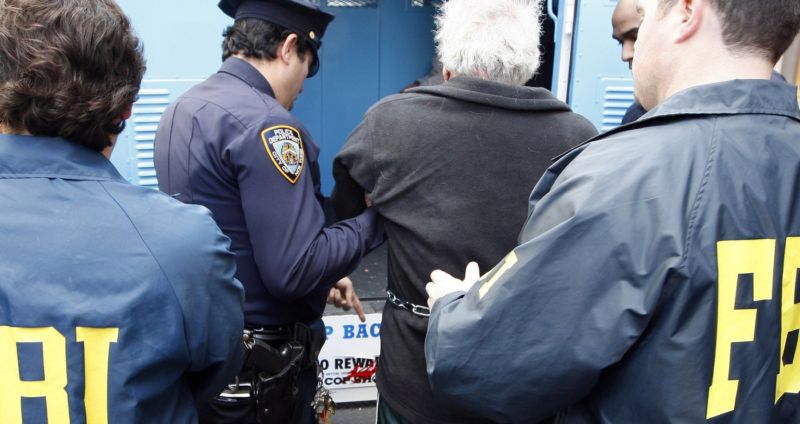
Convicting someone of a crime depends in part on the mental state of the criminal. We make a distinction between knowing criminality and recklessness, and we give the two states of mind different levels of legal culpability. In the courtroom, however, assessing these mental states and a criminal’s past intentions can be extremely challenging.
However, neuroscience may soon give us hints about what’s going on internally as criminals knowingly committed their crimes. A recent study published in PNAS asserts that brain activity is different in people who know they are committing a crime, and that activity can be used to distinguish them from people who commit crimes recklessly (no, this is not science fiction). If the data is sound, this study seems to suggest that brain imaging could determine a criminal’s mindset—but only if the imaging is performed while the crime is being committed.
To conduct this study, the authors in PNAS performed brain imaging with human subjects and then analyzed the data using a machine-learning algorithm. Brain-imaging study participants were placed in an fMRI machine and presented with a scenario in which they mentally role-played carrying a suitcase through a guarded checkpoint. This mental role-play was accompanied by images on a screen within the MRI tube.
For their task, some of the participants were asked to select a suitcase from a set. Participants knew one of the cases contained a contraband item, but they did not know which suitcase. These participants represented the “reckless criminals” because they had no idea whether their case contained contraband or not. The other participants were also told they would be able to select a suitcase and that one of the suitcases contained contraband. But when they went to make their selection, only one suitcase option was available to them. These participants represented the “knowing criminal mindset,” since that suitcase presumably contained contraband.
Participants were then either searched or not searched by the guard as the screen showed them attempting to pass through the checkpoint with their suitcase.
When the fMRI data was analyzed, the authors were able to identify activity in specific brain regions that was associated with the knowing criminal mindset. These regions included the dorsomedial prefrontal cortex, which is the brain region associated with sense-of-self and awareness of other people’s mental states. The authors also saw brain activation in the medial orbitofrontal cortex for these subjects, which is the region of our brains associated with making decisions when we expect reward or punishment. Finally, there was consistent brain activation in the temporoparietal junction, which is a brain region that has been associated with processing lies.
There were completely different activation patterns in the brains of people who were unsure if their suitcase contained contraband, which was a proxy for the reckless criminal mindset. The reckless people showed activation mainly in the occipital cortex, which is the region for visual processing.
This data is very suggestive, because people who knew their suitcases likely contained contraband items showed brain activation that suggested they might be considering the risks of carrying the contraband. By contrast, the people who recklessly carried the contraband appeared to be unconcerned with punishment or the guard’s mental state. They simply processed the situation visually.
However, the strongest effect was only seen in participants who knew about the risk of being searched by the guard when they were selecting their suitcases. For participants who selected their suitcases without knowing they could be searched, the effect was much weaker. This suggests that making a dangerous choice while knowing there is a risk of potential consequences is easier to pick up via brain activation.
This type of brain-imaging technique could significantly inform the way we view criminals’ intentionality, since the legal distinction we’ve made appears to reflect an underlying neural distinction. But it’s not clear whether this approach could be brought into the legal system, since it appears to require that the brain is monitored while a crime is taking place. Similar signals could possibly be apparent when criminals remember the events, but the paper doesn’t address this. Additionally, this was a highly controlled experiment, in which only a limited number of factors should have been affecting the participants’ mental states. When real crimes are committed, the decisions people make are much more complicated.
Still, while the new research is preliminary, it has the potential to inform how we view the conviction process. As such, it clearly needs replication. But if that comes through, then the legal system will have to figure out how to incorporate that knowledge into criminal law.
PNAS, 2017. DOI: 10.1073/pnas.1619385114 (About DOIs)
reader comments
36